Dipayan Saha
BugWhisperer: Fine-Tuning LLMs for SoC Hardware Vulnerability Detection
May 28, 2025Abstract:The current landscape of system-on-chips (SoCs) security verification faces challenges due to manual, labor-intensive, and inflexible methodologies. These issues limit the scalability and effectiveness of security protocols, making bug detection at the Register-Transfer Level (RTL) difficult. This paper proposes a new framework named BugWhisperer that utilizes a specialized, fine-tuned Large Language Model (LLM) to address these challenges. By enhancing the LLM's hardware security knowledge and leveraging its capabilities for text inference and knowledge transfer, this approach automates and improves the adaptability and reusability of the verification process. We introduce an open-source, fine-tuned LLM specifically designed for detecting security vulnerabilities in SoC designs. Our findings demonstrate that this tailored LLM effectively enhances the efficiency and flexibility of the security verification process. Additionally, we introduce a comprehensive hardware vulnerability database that supports this work and will further assist the research community in enhancing the security verification process.
ThreatLens: LLM-guided Threat Modeling and Test Plan Generation for Hardware Security Verification
May 11, 2025Abstract:Current hardware security verification processes predominantly rely on manual threat modeling and test plan generation, which are labor-intensive, error-prone, and struggle to scale with increasing design complexity and evolving attack methodologies. To address these challenges, we propose ThreatLens, an LLM-driven multi-agent framework that automates security threat modeling and test plan generation for hardware security verification. ThreatLens integrates retrieval-augmented generation (RAG) to extract relevant security knowledge, LLM-powered reasoning for threat assessment, and interactive user feedback to ensure the generation of practical test plans. By automating these processes, the framework reduces the manual verification effort, enhances coverage, and ensures a structured, adaptable approach to security verification. We evaluated our framework on the NEORV32 SoC, demonstrating its capability to automate security verification through structured test plans and validating its effectiveness in real-world scenarios.
LLM for SoC Security: A Paradigm Shift
Oct 09, 2023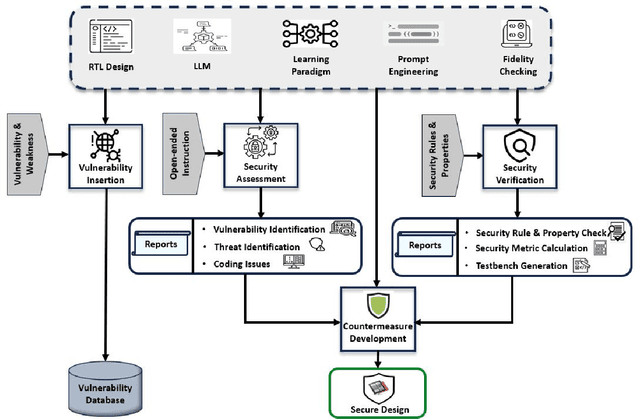
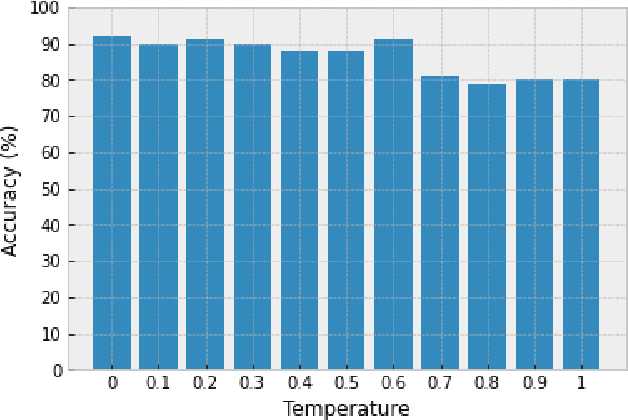
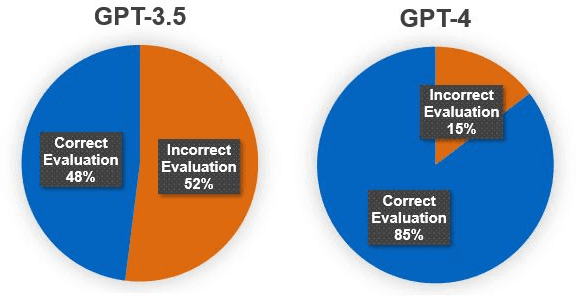
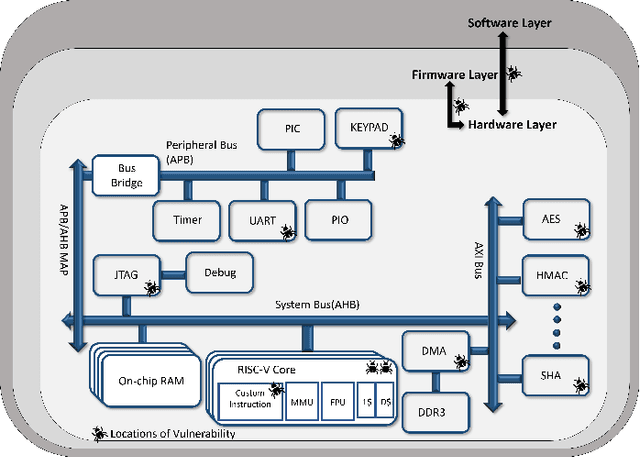
Abstract:As the ubiquity and complexity of system-on-chip (SoC) designs increase across electronic devices, the task of incorporating security into an SoC design flow poses significant challenges. Existing security solutions are inadequate to provide effective verification of modern SoC designs due to their limitations in scalability, comprehensiveness, and adaptability. On the other hand, Large Language Models (LLMs) are celebrated for their remarkable success in natural language understanding, advanced reasoning, and program synthesis tasks. Recognizing an opportunity, our research delves into leveraging the emergent capabilities of Generative Pre-trained Transformers (GPTs) to address the existing gaps in SoC security, aiming for a more efficient, scalable, and adaptable methodology. By integrating LLMs into the SoC security verification paradigm, we open a new frontier of possibilities and challenges to ensure the security of increasingly complex SoCs. This paper offers an in-depth analysis of existing works, showcases practical case studies, demonstrates comprehensive experiments, and provides useful promoting guidelines. We also present the achievements, prospects, and challenges of employing LLM in different SoC security verification tasks.
CovMUNET: A Multiple Loss Approach towards Detection of COVID-19 from Chest X-ray
Aug 29, 2020
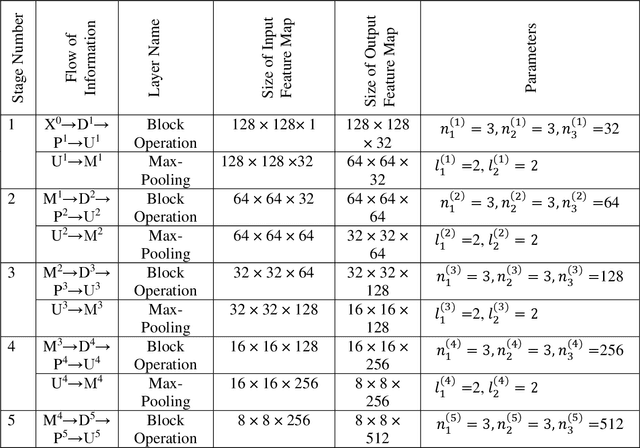
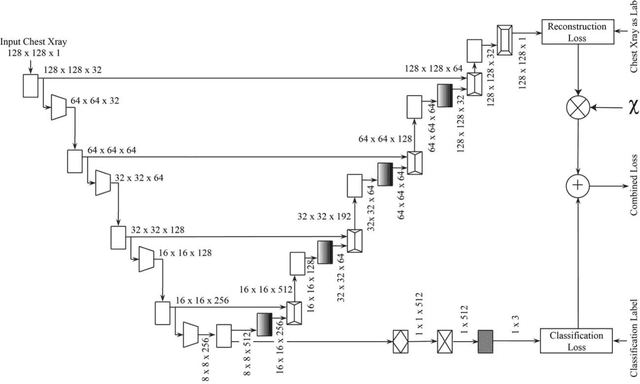
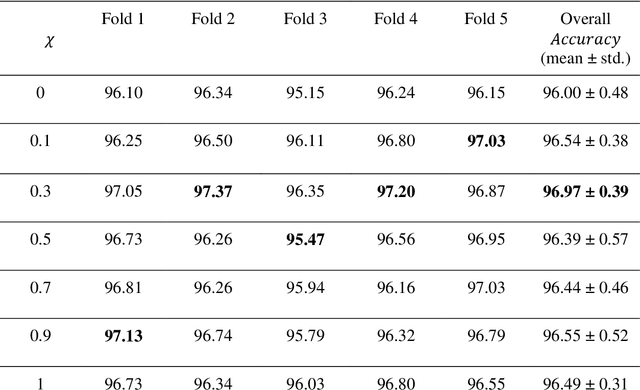
Abstract:The recent outbreak of COVID-19 has halted the whole world, bringing a devastating effect on public health, global economy, and educational systems. As the vaccine of the virus is still not available, the most effective way to combat the virus is testing and social distancing. Among all other detection techniques, the Chest X-ray (CXR) based method can be a good solution for its simplicity, rapidity, cost, efficiency, and accessibility. In this paper, we propose CovMUNET, which is a multiple loss deep neural network approach to detect COVID-19 cases from CXR images. Extensive experiments are performed to ensure the robustness of the proposed algorithm and the performance is evaluated in terms of precision, recall, accuracy, and F1-score. The proposed method outperforms the state-of-the-art approaches with an accuracy of 96.97% for 3-class classification (COVID-19 vs normal vs pneumonia) and 99.41% for 2-class classification (COVID vs non-COVID). The proposed neural architecture also successfully detects the abnormality in CXR images.
 Add to Chrome
Add to Chrome Add to Firefox
Add to Firefox Add to Edge
Add to Edge